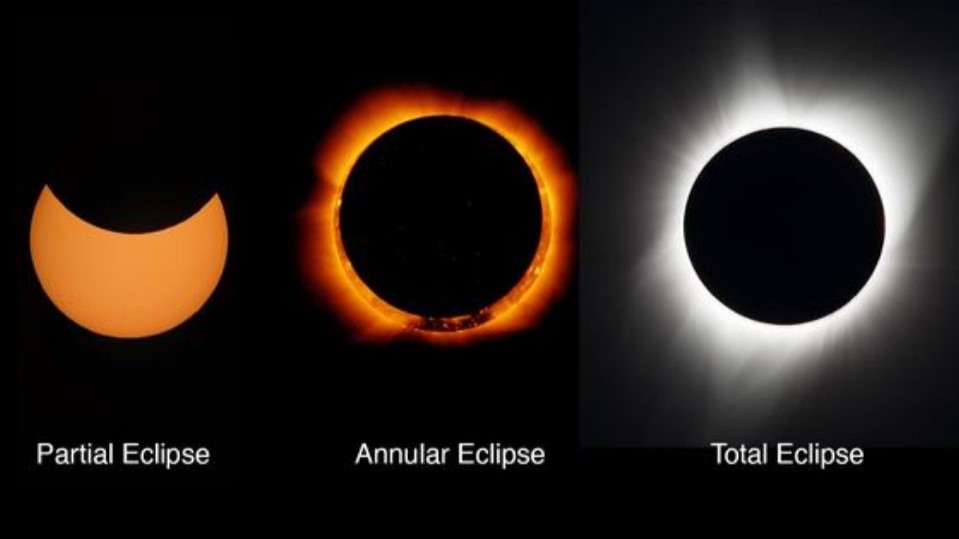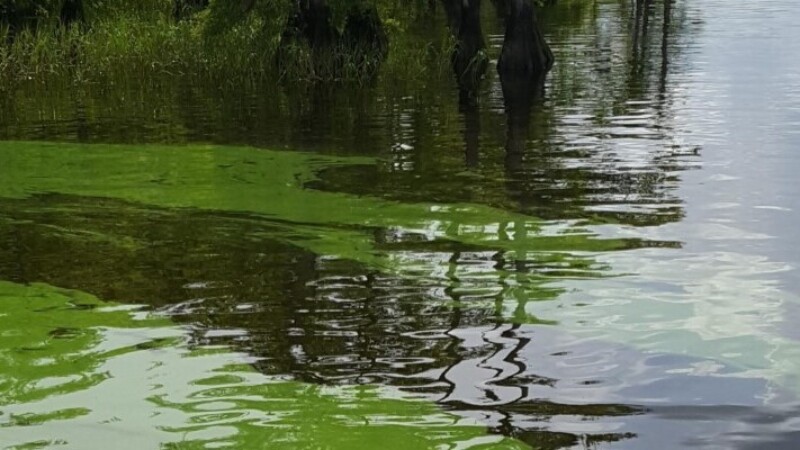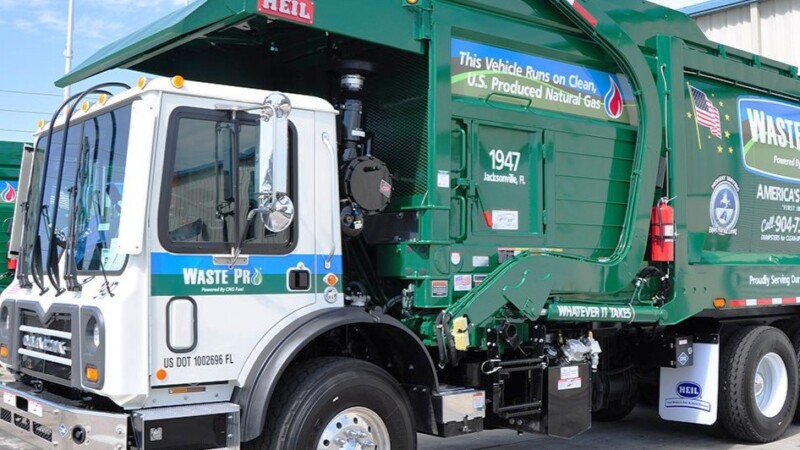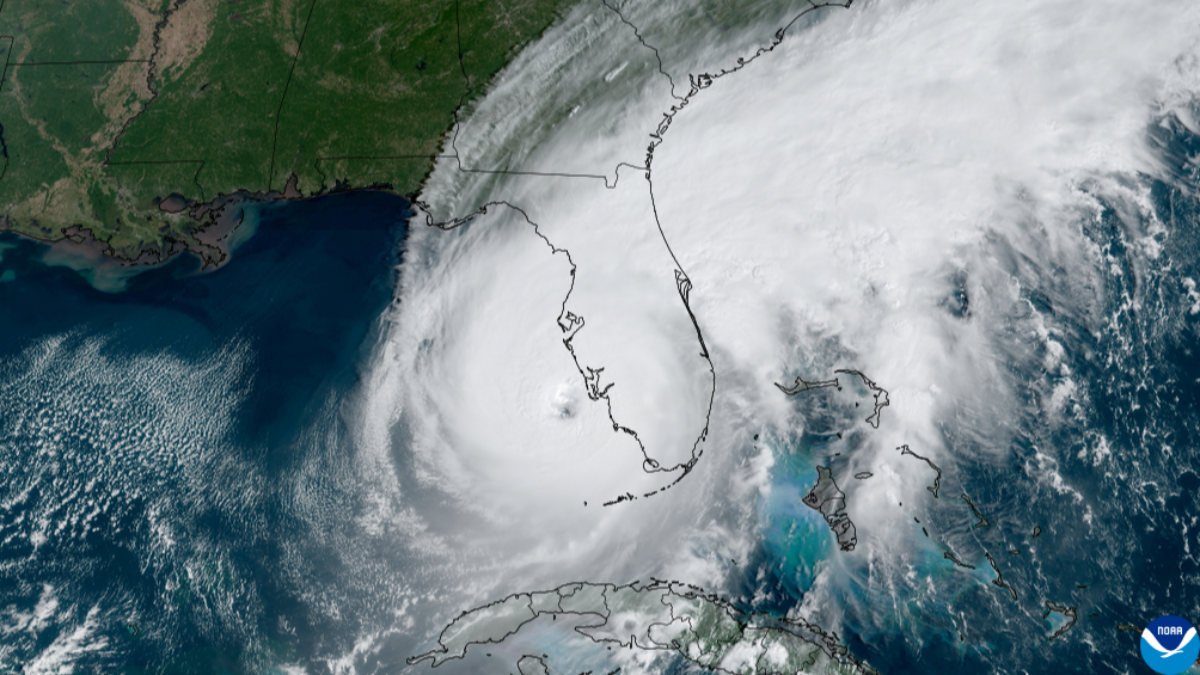Texas is in its path. So is Oklahoma, Indiana, New York and Maine, as well as multiple other states in the 115-mile-wide path of totality during Monday’s solar eclipse.
But in Jacksonville, not so much, said Eddie Whisler, director of the Bryan-Gooding Planetarium at MOSH.
Things should get darkest just after 3 p.m., when people safely using specially darkened eclipse glasses will see a lot of the sun missing in action, he said. Think of it as a crescent sun, he said.
“The moon is passing in front of it. And if you were in the path of totality, then you’d see the sun completely gone by the disc of the Moon,” Whisler said. “But that’s not our case in Jacksonville. At the peak, you will see right around 70% of the sun’s disc missing, and it will just look like a big old bite that you took out of a cookie.”
An estimated 31 million people in that narrow strip of totality across the U.S. will be able to see the total eclipse, which is when the moon’s orbit takes it in front of the Sun at the just the right distance to completely block the sun from view. Those who live outside that 115-mile-wide “path of totality” will see a partial eclipse. NASA estimates that about 99% of people in the U.S. will be able to see some level of the eclipse, according to NPR.
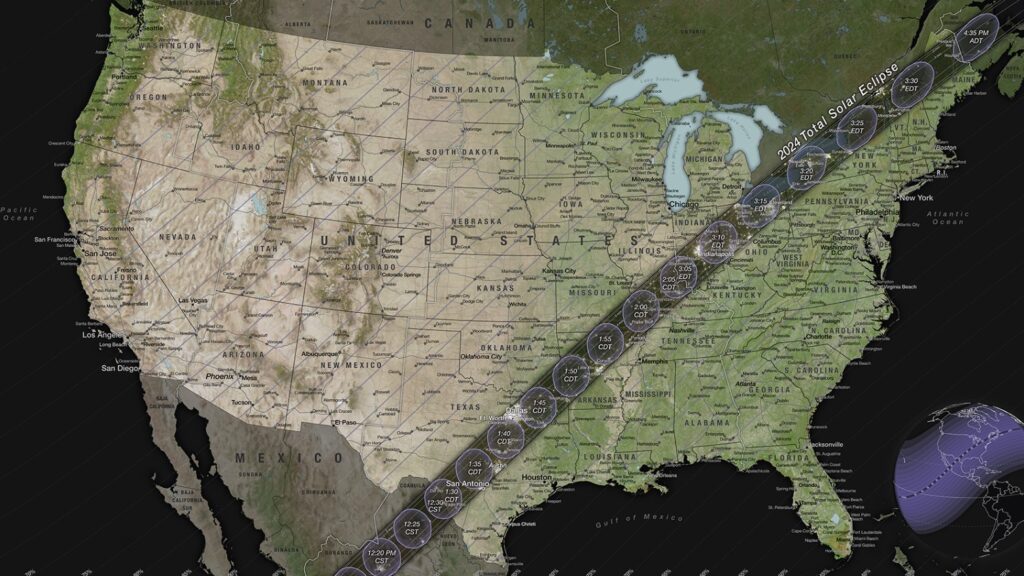
The last total solar eclipse to cover part of the United States was in August 2017. Total solar eclipses are so rare that the next one visible from the contiguous U.S. will be on Aug. 23, 2044. NPR said.
If there are guests at the museum during Monday’s eclipse, Whisler said they will head outside and “check it out throughout the course of the afternoon.” But to learn more about eclipses, MOSH will hold special events at 7 p.m. Friday and again on Saturday in its Bryan-Gooding Planetarium, Whisler said.
It is called “Planetarium Night Live: The Big Cover Up.”
“There’s visual vistas of what alien eclipses would look like on distant planets, and also describing why eclipses are actually scientifically important,” he said. “And we will look at how we take advantage of generating artificial eclipses with technology and astronomy in order to learn things about alien planets around other stars.”
Admission is $10 for museum members and $12 for nonmembers. More information is available at themosh.org.
The University of North Florida also will host an eclipse viewing party, with solar telescopes set up from 2 to 4 p.m. Monday at the J.B. Coxwell Amphitheater. next to the Student Center on UNF Drive. The event is free, but parking costs $2.
Jacksonville University also will host an eclipse viewing from noon to 3 p.m. Monday at the Larry Strom Amphitheater on River Road, at the campus on University Boulevard North. The free viewing is sponsored by the Northeast Florida Astronomical Society and JU Society of Physics Students.
The moon will first start to block the sun at 1:47 p.m. In Jacksonville, then the peak eclipse will occur at 3:05 p.m. The skies will be back to normal at 4:19 p.m. Just don’t look directly at the sun at all during those hours, unless you have approved, dark-lensed eclipse glasses, Whisler said.
“You could have 99% of the sun bitten out, yet you can’t look at it with your eyes,” he said. “It overwhelms everything that your eyes are built for. We are looking almost all the time at things that are illuminated by just small fractions of sunlight reflecting off things, and our eyes are built for that level of light. The sun is just far too powerful, and you can just injure yourself..”
NPR has a video showing the safest ways to view an eclipse. One way is to stand with your back to the sun and let sunlight shine through something with small holes, like a pasta colander or a piece of cardboard with a hole in the center. That can project a safe image of an eclipse on the ground or wall, experts said.



